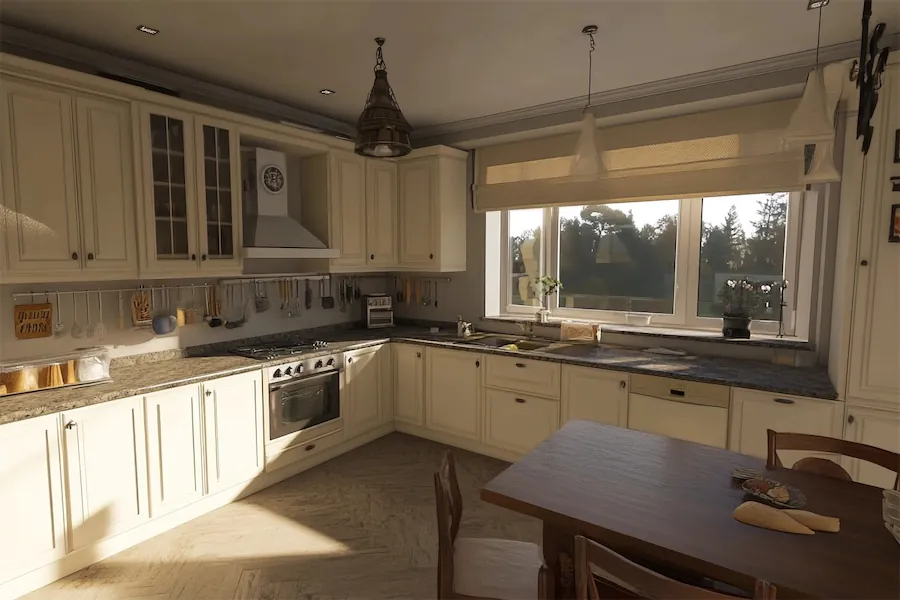A classic kitchen embodies timeless design elements that prioritize functionality, elegance, and warmth. This article explores the history, key features, applications, and considerations when choosing a classic kitchen design.
Introduction to Classic Kitchens
Classic kitchens are characterized by their enduring appeal, blending traditional design elements with practical functionality. They often feature natural materials, neutral color palettes, and detailed craftsmanship, creating a welcoming and versatile space suitable for various home styles.
History and Origins of Classic Kitchens
The evolution of classic kitchen design reflects significant technological and societal shifts. In the early 20th century, the introduction of the Frankfurt kitchen by Margarete Schütte-Lihotzky revolutionized kitchen layouts by emphasizing efficiency and organization. This concept influenced modern fitted kitchens, integrating storage and workspaces into a cohesive design.
Post-World War II, kitchen designs began incorporating more decorative elements, with an emphasis on creating a central hub for family life. This period saw the rise of natural wood cabinetry, neutral color schemes, and detailed moldings, all hallmarks of classic kitchen design.
Key Features of Classic Kitchens
Classic kitchens are distinguished by several key features:
- Natural Materials: Utilization of high-quality woods like oak, cherry, or walnut for cabinetry, often complemented by stone countertops and tiled backsplashes.
- Neutral Color Palettes: Soft whites, creams, and muted grays dominate, providing a timeless and adaptable backdrop.
- Detailed Craftsmanship: Incorporation of decorative moldings, raised panel cabinetry, and traditional hardware that showcase attention to detail.
- Functional Layouts: Emphasis on the kitchen work triangle—optimizing the placement of the sink, stove, and refrigerator to enhance efficiency.
Applications of Classic Kitchens
The versatility of classic kitchen designs allows them to be seamlessly integrated into various home styles:
- Traditional Homes: Enhancing the inherent charm and elegance with cohesive design elements.
- Modern Residences: Introducing warmth and character, balancing contemporary aesthetics with traditional touches.
- Renovations: Providing a timeless appeal that can bridge different architectural eras within a home.
Considerations When Choosing a Classic Kitchen
When planning a classic kitchen, consider the following:
- Space and Layout: Ensure the design accommodates functional work zones and facilitates easy movement.
- Material Selection: Opt for durable, high-quality materials that age gracefully and require minimal maintenance.
- Personal Style: Incorporate elements that reflect personal taste while adhering to classic design principles to create a space that feels both timeless and uniquely yours.
Conclusion
Classic kitchens offer a harmonious blend of tradition and functionality, creating inviting spaces that stand the test of time. By understanding their history, key features, and applications, you can make informed decisions to design a kitchen that embodies enduring elegance and practicality.
